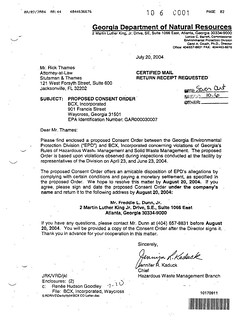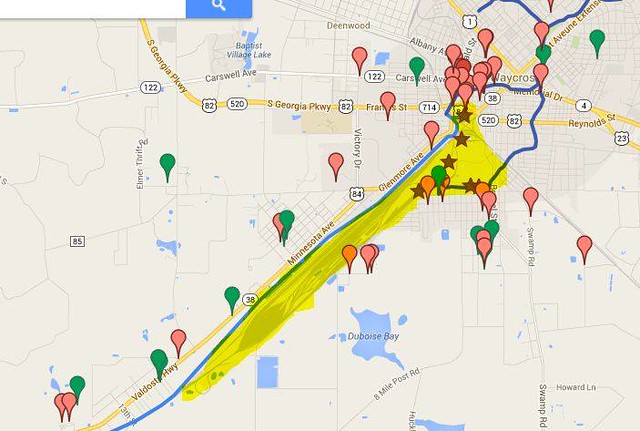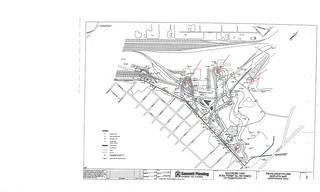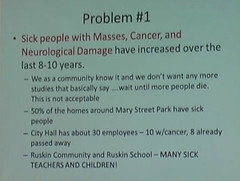 Citizens are not convinced EPA, GA-EPD, and GA Dept. of Health
are doing enough to find what’s causing widespread sickness and death
in Waycross, GA.
They asked questions and provided data and anecdotes for more than
an hour, demanding more testing and answers, at a meeting
about the Seven Out Superfund and other air and water contamination,
for example from CSX and AGL.
Citizens are not convinced EPA, GA-EPD, and GA Dept. of Health
are doing enough to find what’s causing widespread sickness and death
in Waycross, GA.
They asked questions and provided data and anecdotes for more than
an hour, demanding more testing and answers, at a meeting
about the Seven Out Superfund and other air and water contamination,
for example from CSX and AGL.
Georgia Department of Health did offer a new survey, with local help. She also offered to send a local health dept. rep. right out whenever they were alerted a certain site stunk after rains. EPA and GA-EPD admitted there was a problem and said they were trying to fix it, which is a step forward from their preliminary Waycross meeting last November. But not a big enough step or quick enough to satisfy Waycross people who are or who know many who are sick or dying.
They asked very insightful questions, about Continue reading
















